- Your cart is empty
- Continue Shopping

Product
Introduction: Maball, featuring Rituximab as its active ingredient, is a revolutionary medication in the landscape of targeted immunotherapy. This comprehensive overview explores the history, mechanism of action, therapeutic applications, administration, potential side effects, and ongoing research associated with Maball.
I. History: Rituximab, the driving force behind Maball, received approval in 1997, marking a transformative moment in the treatment of various B-cell malignancies and autoimmune disorders. Its development has ushered in a new era of precision medicine.
II. Mechanism of Action: Rituximab is a monoclonal antibody that targets the CD20 antigen on the surface of B cells. By binding to CD20, Rituximab triggers immune system-mediated destruction of B cells, playing a crucial role in treating conditions associated with abnormal B-cell activity.
III. Therapeutic Applications: Maball, leveraging Rituximab, is employed in the treatment of:
- Non-Hodgkin’s Lymphoma (NHL): Rituximab is a cornerstone in the treatment of NHL, both as a standalone therapy and in combination with chemotherapy.
- Chronic Lymphocytic Leukemia (CLL): Used in CLL, Rituximab helps manage the overproduction of abnormal B cells.
- Rheumatoid Arthritis: Rituximab is indicated for certain cases of rheumatoid arthritis, particularly when other treatments have not provided sufficient relief.
IV. Administration and Dosage: Maball, in its Rituximab form, is typically administered through intravenous infusion. The dosage and frequency depend on the specific condition being treated, the patient’s overall health, and the therapeutic approach outlined by the healthcare provider.
V. Potential Side Effects: While generally well-tolerated, Maball (Rituximab) may cause side effects, including:
- Infusion Reactions: Immediate reactions during infusion, such as fever or chills, may occur.
- Infection Risk: Rituximab may increase the risk of infections, necessitating careful monitoring and preventive measures.
- Hematologic Effects: It can impact blood cell counts, leading to low levels of white blood cells, red blood cells, or platelets.
VI. Considerations and Monitoring:
- Pre-Infusion Medications: To minimize infusion reactions, pre-infusion medications like antihistamines and corticosteroids may be administered.
- Infection Prevention: Patients are often advised to undergo regular screenings for infections, and vaccination updates may be recommended.
VII. Ongoing Research and Future Directions: Ongoing research related to Rituximab focuses on:
- Combination Therapies: Exploring synergies with other targeted agents or immunotherapies to enhance treatment outcomes.
- Expanded Indications: Investigating Rituximab’s effectiveness in additional autoimmune disorders and malignancies.
VIII. Conclusion: Maball, driven by Rituximab, represents a paradigm shift in the treatment of B-cell-related disorders, showcasing the power of targeted immunotherapy. As research continues to uncover new applications and refine therapeutic approaches, Maball stands at the forefront of personalized medicine, offering renewed hope for individuals navigating complex conditions such as lymphomas and autoimmune diseases.



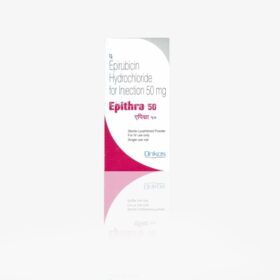
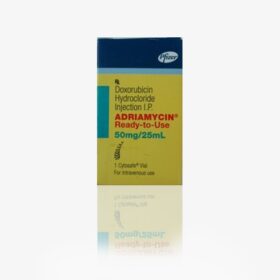
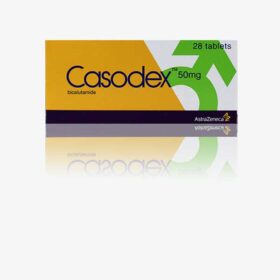

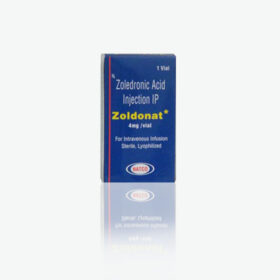

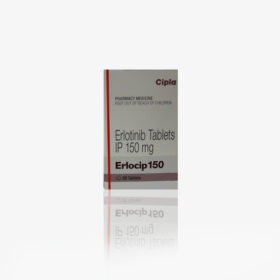




Reviews
There are no reviews yet.